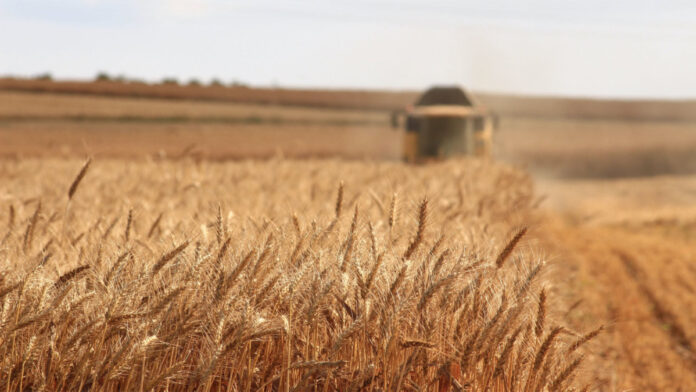I’ve recently written that our goal was to move into our “perfect prepper home” before the election. Although the Coronavirus interrupted our house search, we’re closing this week and that deadline looks like it won’t be a problem.
It was the summer of 2019 when I came up with the objective to buy a new home and move before the election so we could be further outside the city in a more secure location where would have the opportunity to be more self-sufficient.
Why the Election was our Deadline
We made the election our deadline because of what I considered the worst-case scenario: that the Democrats might capture the white house and both houses of Congress. In that case, we can probably expect a rash of gun control laws, tax increases, elimination of bail so that more criminals are on the street, and socialist policies that result in fewer jobs for working men and women who need the income to support themselves.
Now I am not predicting that this will happen, just that it is a possibility. If Trump is re-elected, we have to anticipate that there will be civil unrest and rioting spurred by angry liberals who cannot believe he has won. If that is the case, the Trump haters will probably make this summer’s protests and riots look tame in comparison.
Although we didn’t know anything about the coronavirus last year, we have to face the possibility that the coronavirus will get worse, that the economic slump we’re starting to recover from will slide back down as business shutdown. Supply chain disruptions are already occurring. What if they get worse?
It’s Never Too Early to Prep
Finally, our experience has shown us that you can never prep too early, but you can certainly prep too late. Just ask anyone who tried to buy toilet paper in late March, or flour and yeast in April, or potassium Iodate after the Fukushima nuclear plan was damaged by earthquake and a tsunami, or generators after a hurricane has come ashore.
The sooner you can be prepared the better. So set a goal and get to work. We picked November 1.
Here is a list of 10 things to buy before the election:
1. Guns
We recommend you buy black sporting rifles and full size pistols with magazines that carry more than 10 rounds. This may be tough as many stores have experienced a run on guns, first after the virus hit and then again in reaction to the protests and riots. But if you do not own an AR-15, AK-47, AR-10, FAL, or other semi-automatic rifle platform and you think you might like to do so one day, then buy it now. If Joe Biden is elected, prices are going to jump and they will sell out even faster than today’s demand.
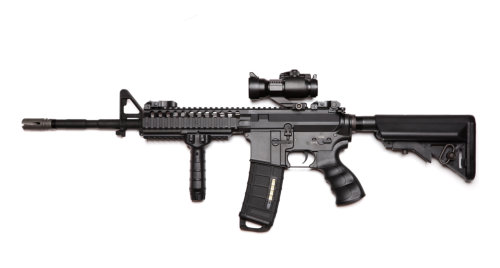
While you should feel free to buy any gun you want whenever you can afford to do so, you probably don’t have to rush to buy a shotgun, a lever-action rifle, a bolt action rifle, single-shot weapons, and historic or collectible guns. Stick to those guns most likely to get banned.
If you are new to gun ownership, please get some training and be a responsible gun owner. If you don’t know what to buy, check out our recommendations.
2. Firearm Magazines
There are more manufacturers of 30-round AR-15 magazines today with much greater production capacity than there were in 1994 when Clinton signed the Assault Weapons Ban. Nevertheless, after the Sandy Hook school shooting, magazines still evaporated due to the threat of a ban and Magpul magazines became as scarce as hen’s teeth. That could happen again if legislation of executive action bans the sale of magazines over a certain capacity.
If you have had your eye on any special magazines, like that 100-round drum or the 60 round magazine, pick them up now. These will sell out even faster than the standard 30 round magazines.
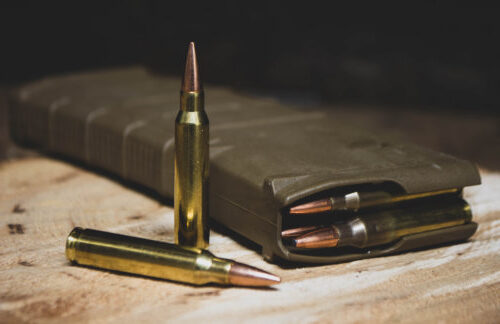
So if you buy a new rifle, or already own one, we recommend having at least a dozen magazines for each. For pistols, we recommend a minimum of six magazines. During the late 1990s, pre-ban Glock magazines that originally sold for $19.95 were going for $75 to $100 or more. You don’t want to find yourself in that predicament. Stack them deep.
Don’t let our quantity recommendations limit you. These are minimums. Feel free to by your magazines by the case, 50 or 100 at a time. It may turn out to be a great investment and give you valuable items for barter in the future.
3. Ammo
Buy popular calibers like .223/5.56, 7.62×39, .308, 9mm and .22LR. Right now, 9mm ammo is in short supply, so snap it up of you have a 9mm and see it on sale.
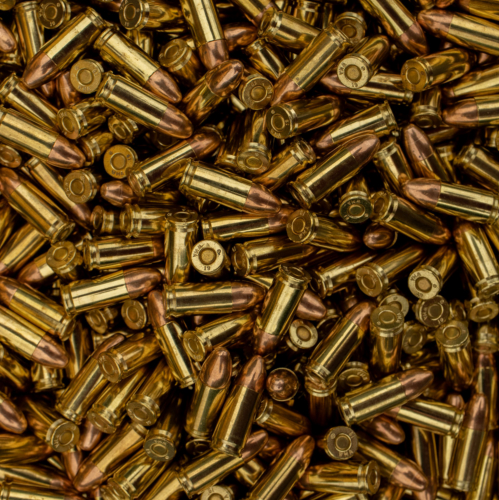
Our feeling is that if you think you need 1,000 rounds of 9mm, you probably need 2,000 rounds of 5.56 even more. Because if you end up needing a 9mm to defend your home, you probably would be better off with an AR. Our minimum stocking recommendation is 2,000 rounds for your battle rifle and 500 or more for your pistol.
If you need the practice, buy the cheaper FMJs, but make sure you stock up on 100 or more JHPs or other high-end defensive rounds for your pistols. Test 40 of them through the gun to make sure they feed smoothly, and then use the remaining 60 when you carry concealed or think you may need to defend yourself at home.
For rifles, consider stocking multiple bullet types to stretch your ammo dollar. Use your match ammo when the target is 300 or 500 yards away, but use your basic FMJs for closer engagements. Also stock soft points or rounds loaded for hunting for when you actually need to take game. Similarly, you can easily and inexpensively stock 5,000 plain vanilla .22s from Remington or Federal to use for practice and training and then stock 500 or 1,000 CCI MiniMags for more serious use.
Only after you have purchased common calibers should you stock up on ammo that is less in demand. I would hope hunting ammo in non-military calibers, like .30-30 and .240 would not sell out, but my advice is to buy 2 or 3 boxes while you can. An extra 40 or 60 rounds should last a careful hunter for years.
4. Long Term Storage Food
A year ago, you could order long term storage food in #10 cans from a wealth of online vendors, including Costco.com, and your order would ship in just a few days. After COVID-19 struck, it was all sold out with wait times of 6 to 12 weeks. If you have ever considered putting up some long term storage food – products that are dried, dehydrated or freeze dried and package to give them a shelf life of 7 years or more – this may be your window of opportunity. Order now, and you stand a chance of getting your food by November.
The great thing about long term storage foods is that if you don’t need them this year, they will be good for years to come.
5. Shelf Stable Pantry Foods
These are canned foods and dry foods that can last one or more years (often as long as 3) and include things like pasta, dried beans, rice, peanut butter and crackers. Consider getting baking mixes, like pancake mix, Bisquick, cake, muffin and brownie mixes.
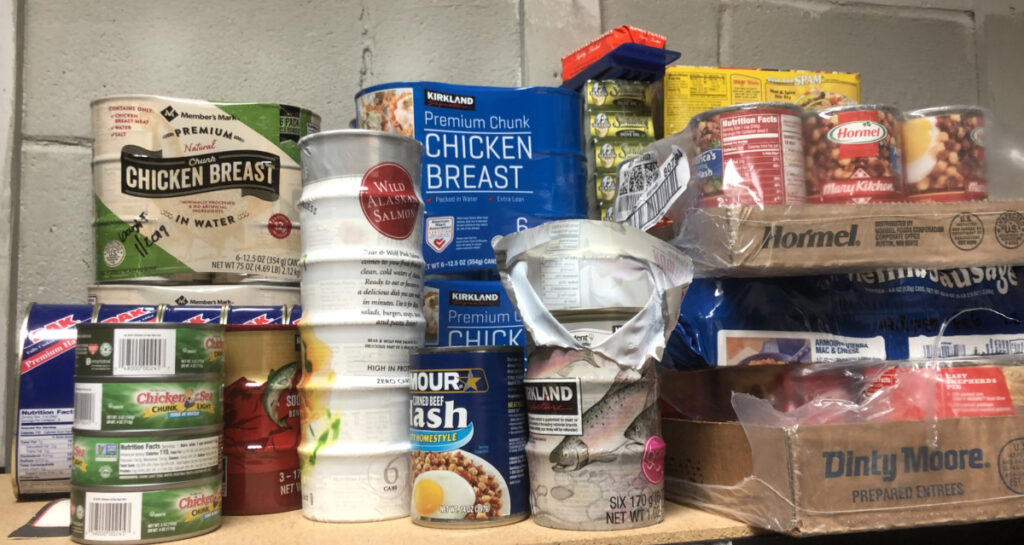
As we reported recently, large food companies are having difficulty producing enough canned soup and other staples to meet demand. If COVID-19 gets worse or civil unrests prevents trucks from getting to stores, you’ll be happy to have a pantry full of healthy comfort foods. Be sure to add some canned meat products, just in case there’s another meat shortage.
6. Canning Supplies
If you can, buy a couple years’ worth of lids and rings. You know you will always need them, so it isn’t money wasted. Then take a look at your jars and see what jars you have on hand and fill in any low spots. A few dozen extra quart or pint jars is never a bad investment, especially when you consider that a quart of food will probably be dinner for your family.
Under this category, I would also include pectin, salt and spices for pickling, any accessories you need for dehydrating, and maybe extra bags for your food saver.
7. Other Household Goods
Yes, this is where toilet paper, paper towels, laundry detergent and similar items fall. Take a look at things you use every day and if you think “ugh, I would hate to run out of that,” then put some extra aside, just in case we experience a few month of tough times.
I’d include pet food, alcohol, cigarettes, and any other of life’s guilty pleasures under this part of the list.
8. Boots and Shoes
Most footwear these days is made in China or elsewhere in Asia. Very little of our everyday footwear is made in the U.S., and when they are, they tend to be quite expensive. The problem we see with footwear is supply disruptions mean that it could be in short supply. If you wait too long, you may not be able to find the style or size you want. If you buy cheap footwear and replace it often, buy a couple pairs.
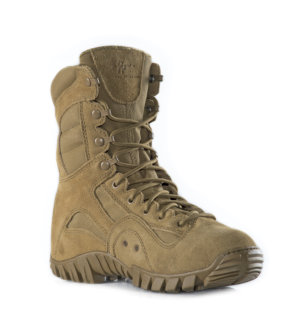
Our advice: Invest $150 to $300 on a good-quality serious work or tactical boot with a composite safety toe. This should last you two or more years if you do not spend too much time on pavement. If you get a nice pair of U.S.-made Danner or similar boots, you can replace the soles a couple times and the boots will last you 10 years. If you live in the north, get a second pair with 400 to 1200 grams of Thinsulate insulation, depending on how far north you live and what your daily activities entail.
9. Winter Clothing
Buy your thermals (long underwear), fleece garments, snow mobile clothing, outerwear and any other warm clothing you need before the cold weather sets in. Whether you rely on Carhartt or another brand, take advantage of the pre-season sale. The store will be happy to see you, and you’ll find a good selection. If you wait until the first big snowfall, you might miss out due to supply chain disruption.
In addition to potential supply chain disruptions affecting apparel made overseas, it looks like a La Niña system may be forming in the Pacific. If that is the case, we could be in for a cold, snowy winter across much of the country. And while you are out shopping, throw some extra wool socks into the cart. They wear well and can help keep you warm.

Keep in mind that much of the wool used to knit clothes sold in America originates in New Zealand before it is sent to China to be converted into fabrics and sewn into clothing. Only then does it get sent to the U.S. That’s an awfully long supply chain for a period when COVID-19 is disrupting supply chains, slowing down manufacturing, and creating havoc with container ships.
10. Fuel
If you have a propane tank, fill it during August while fuel prices are still relatively low. Our delivery company doesn’t fill us up until December, unless we call and ask. You don’t want to be stuck with a third of the tank when the whole system falls apart.
Similarly, if you burn firewood, dried corn, wood pellets or any other kind of consumables, stock up now. If you cut and chop your own firewood, do so now while gasoline is plentiful and cheap and you can still find parts for your chain saw if anything goes wrong. You’ll never be in a position to wish you had less firewood on hand.
If you have a few five-gallon fuel tanks, consider pouring them into your car, one can every tank full or so, and then filling them with fresh gas. Add a fuel stabilized and you will be in good shape for at least the next year.
Predictions
We are not the only ones predicting difficult times ahead. Christian groups, political groups, and preppers are all on edge about what the next six months may hold. Whether you follow our top 10 things to buy before the election suggestions or not, the key thing is to be prepared as best you can.

